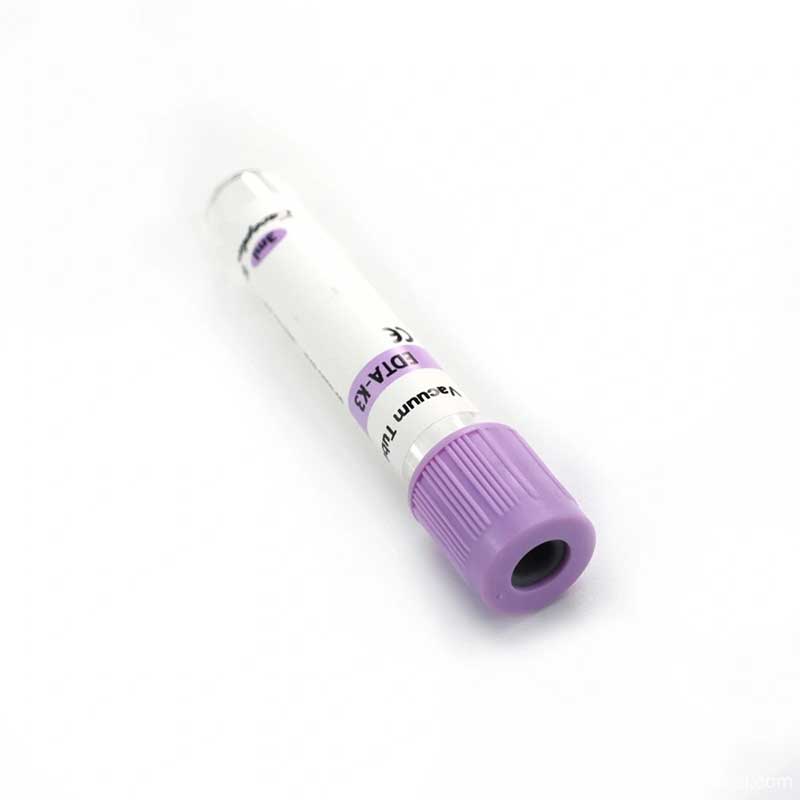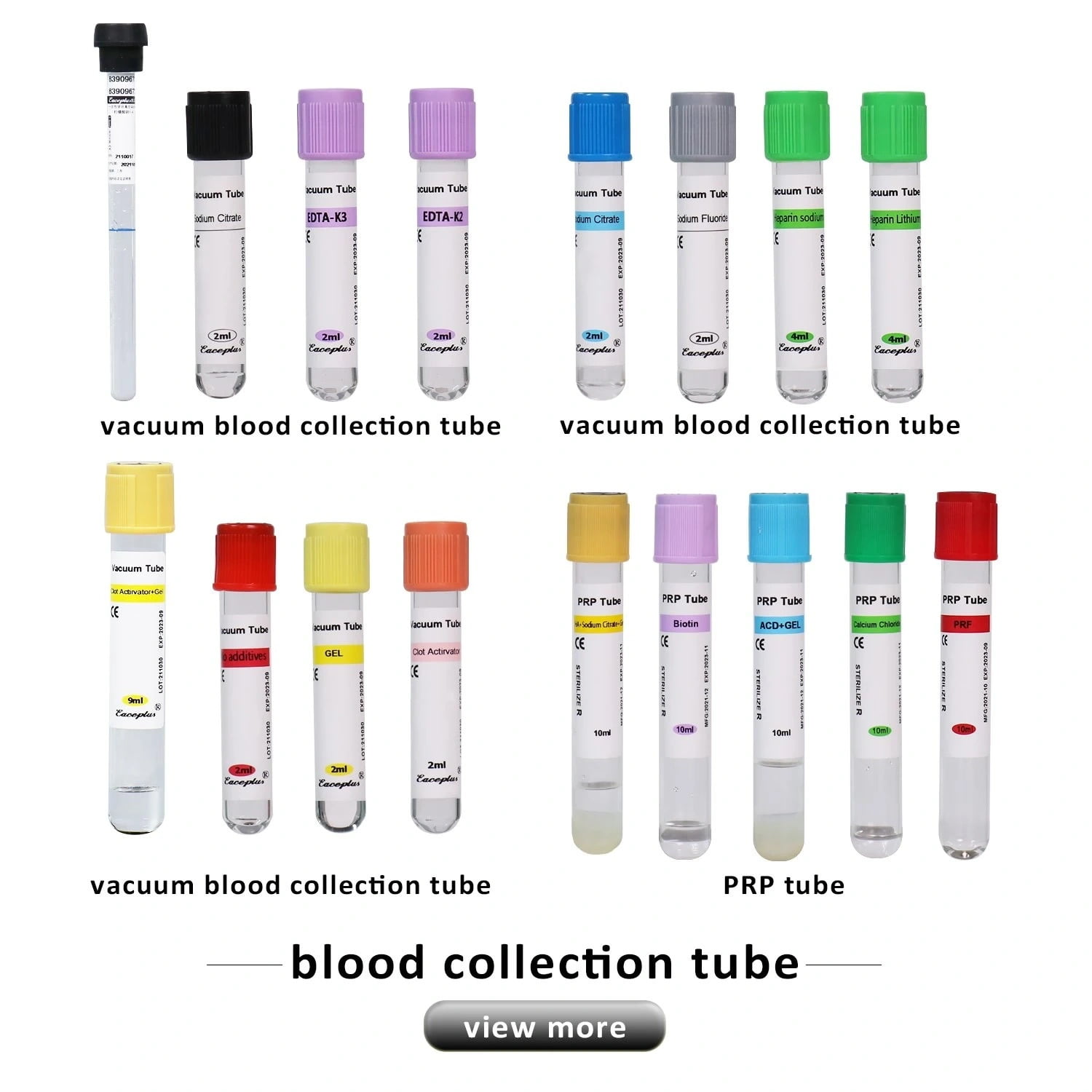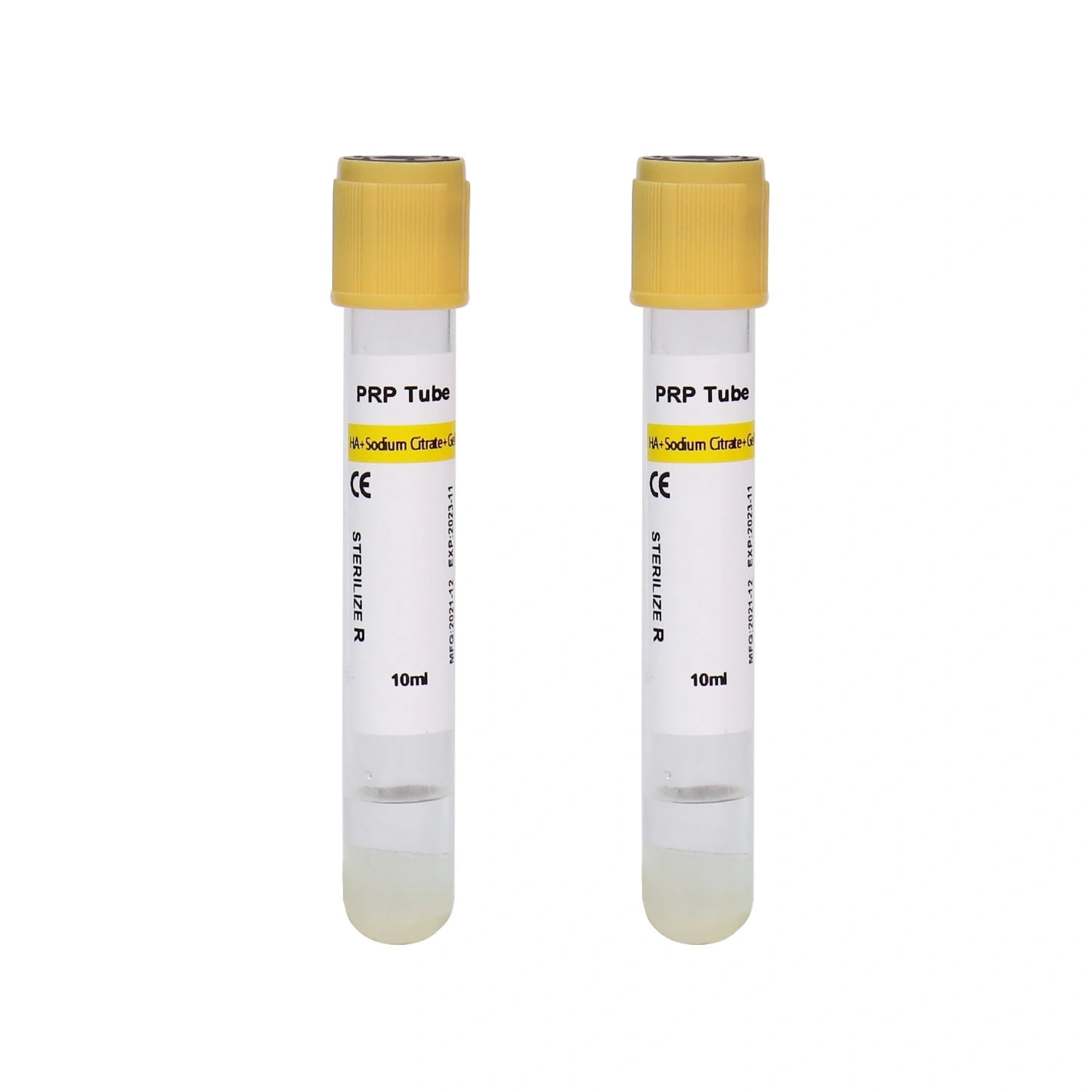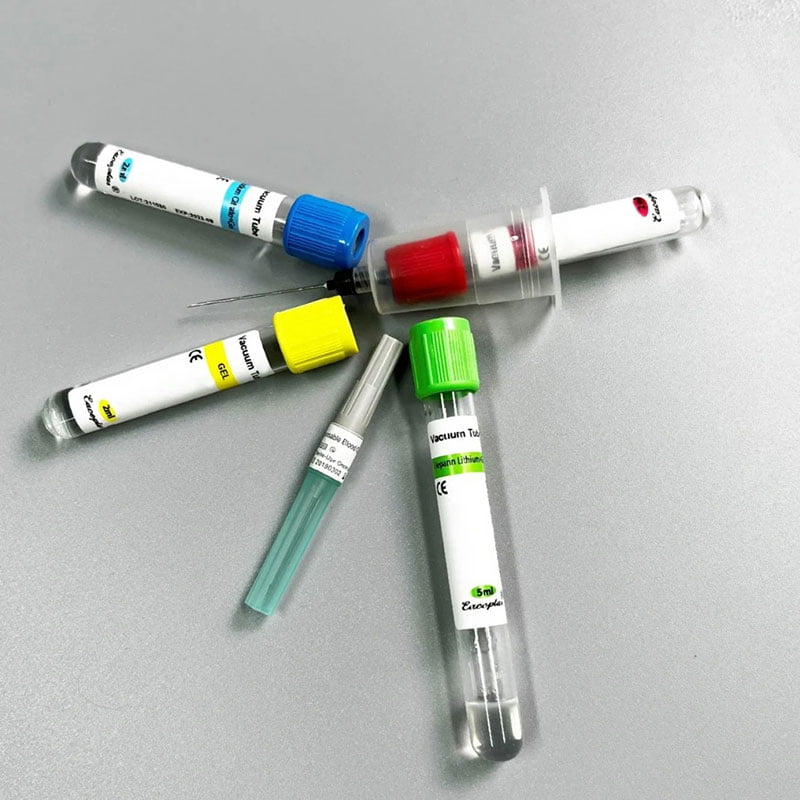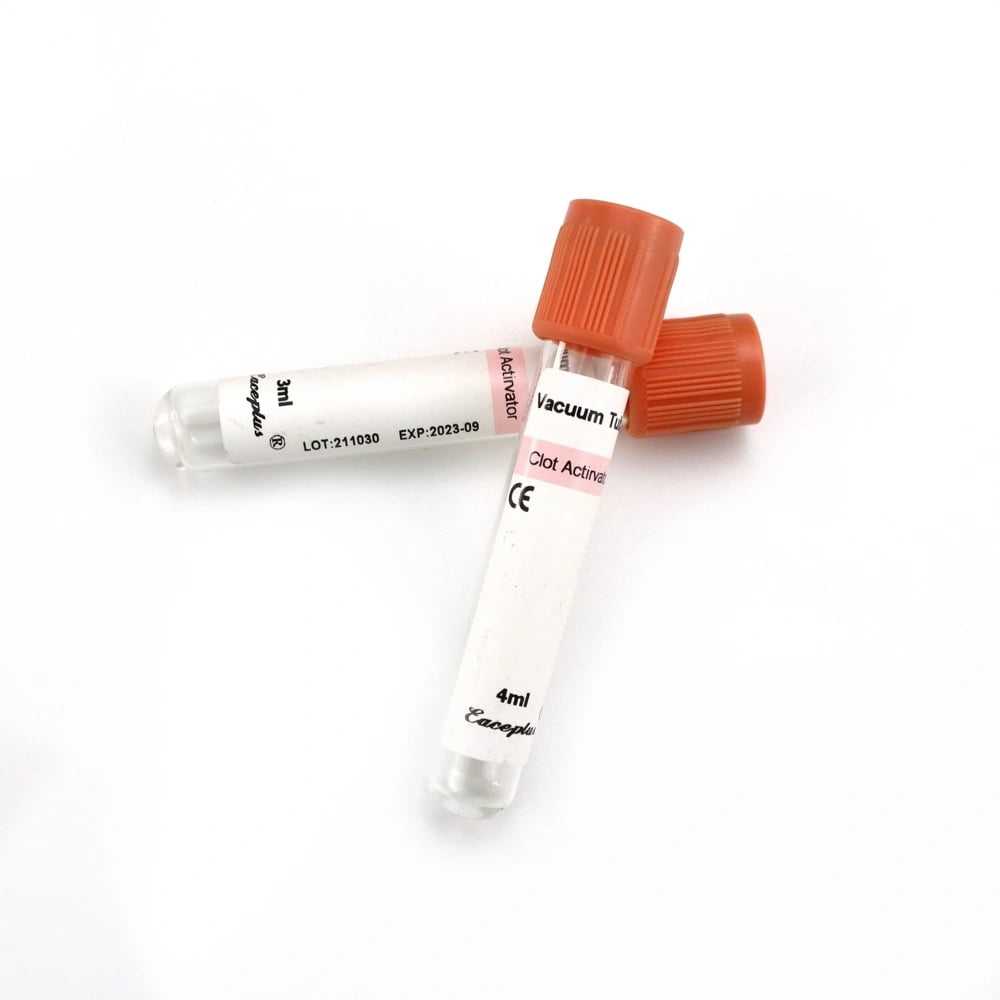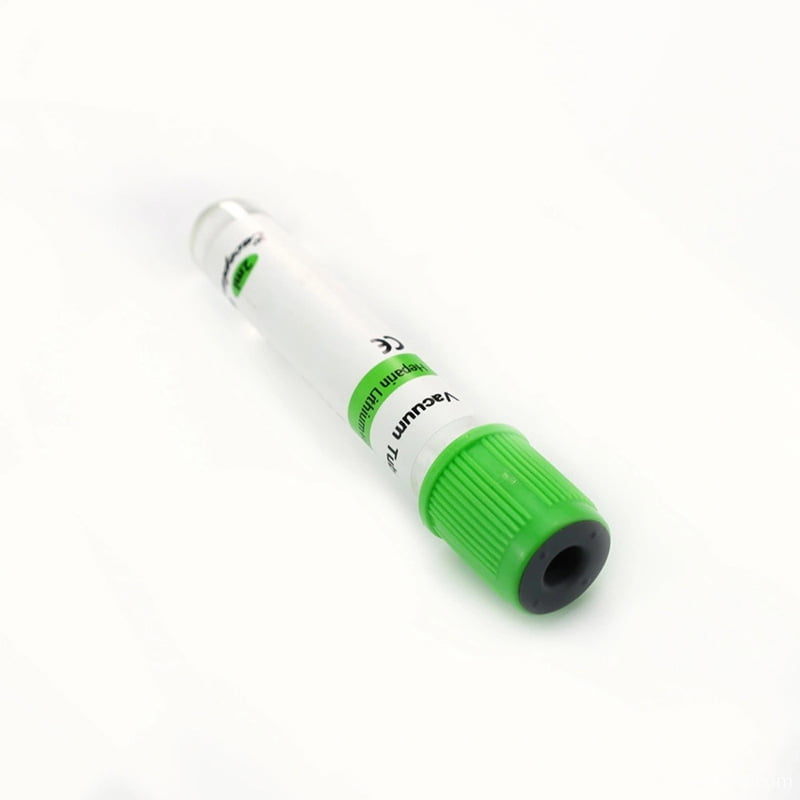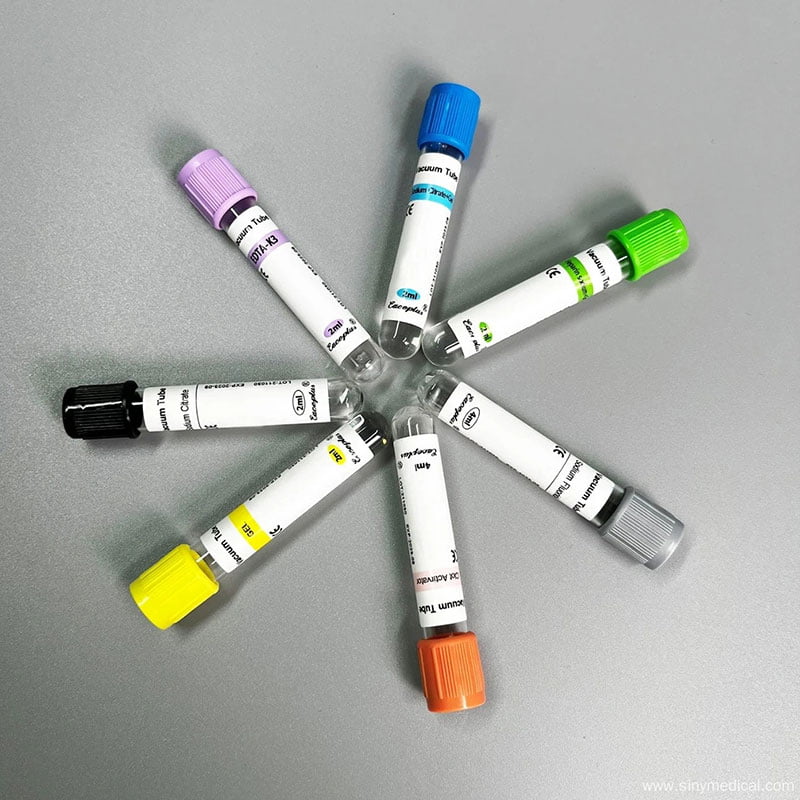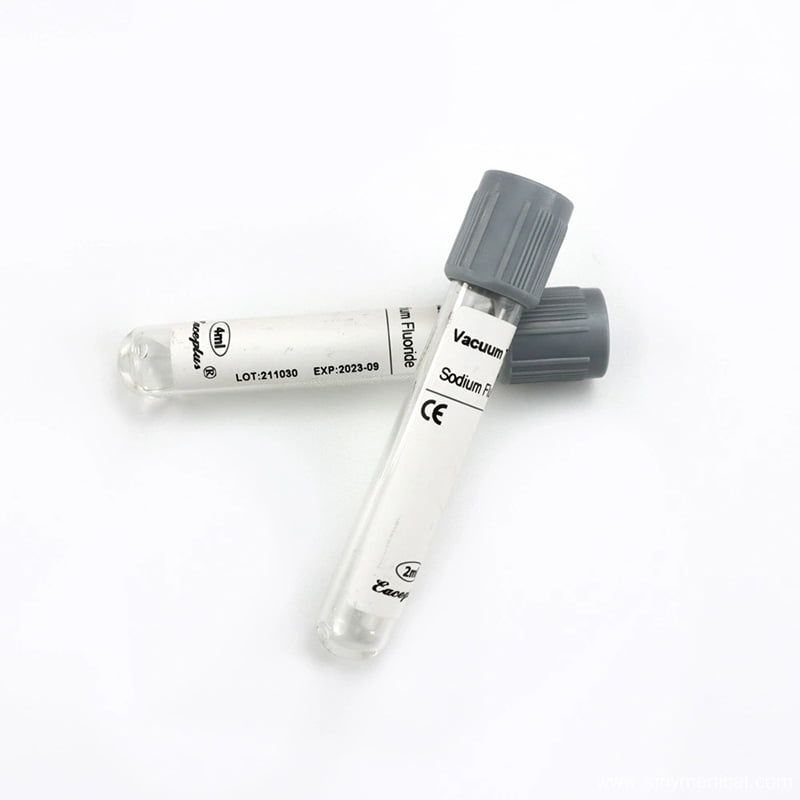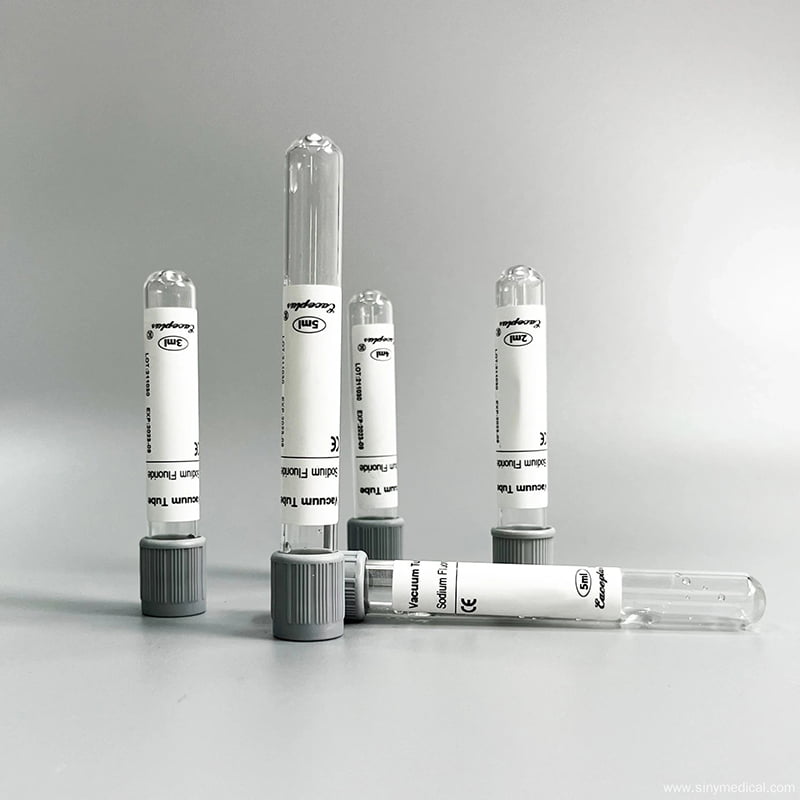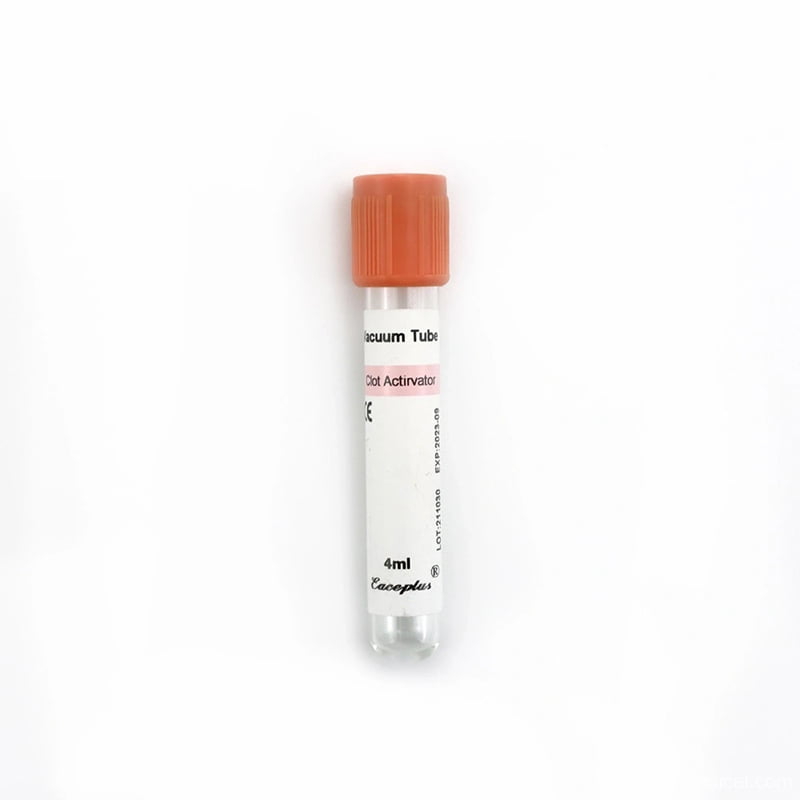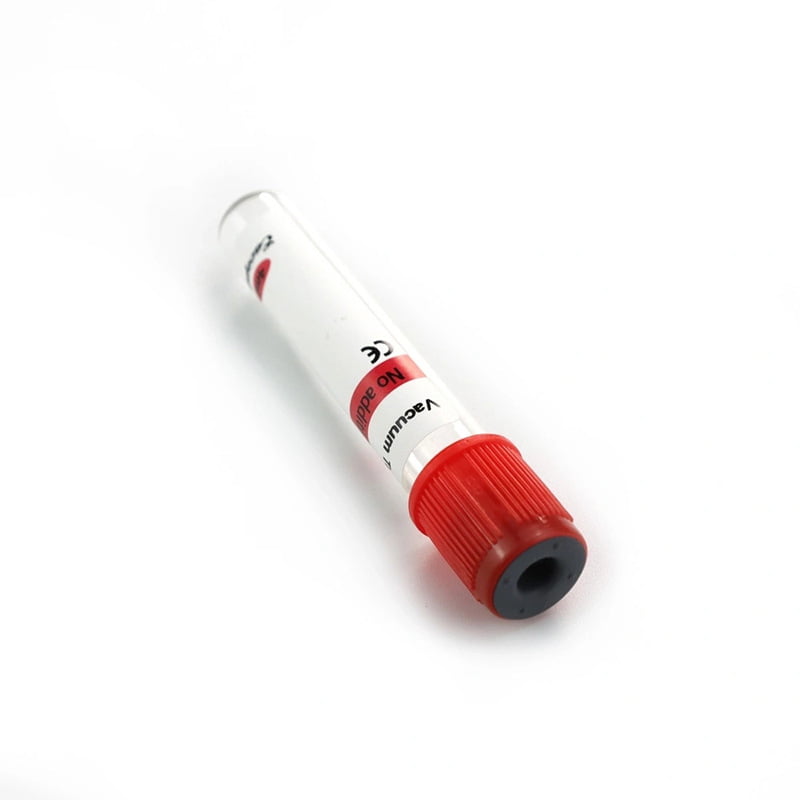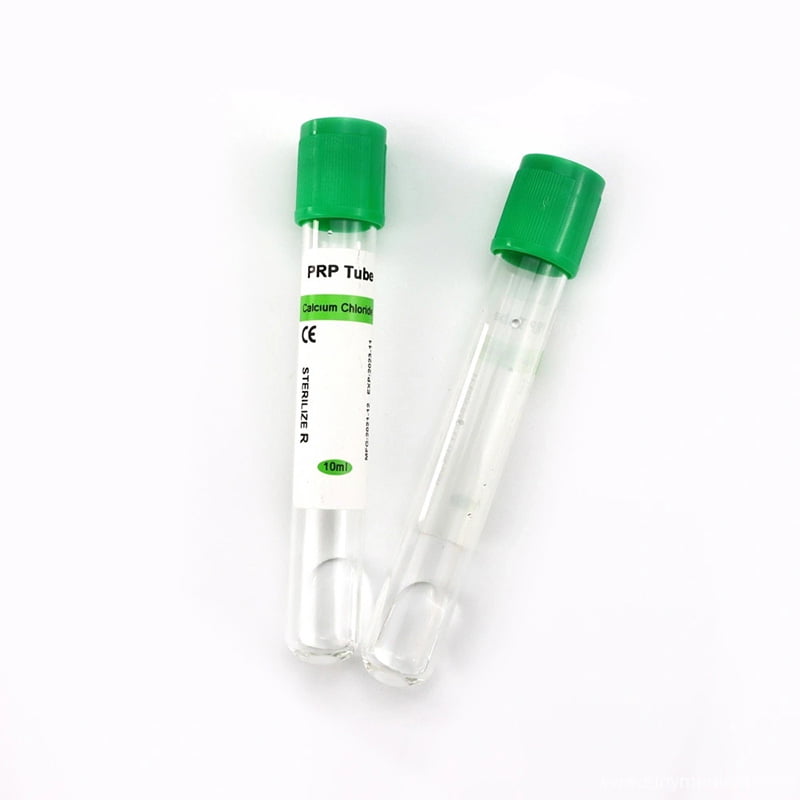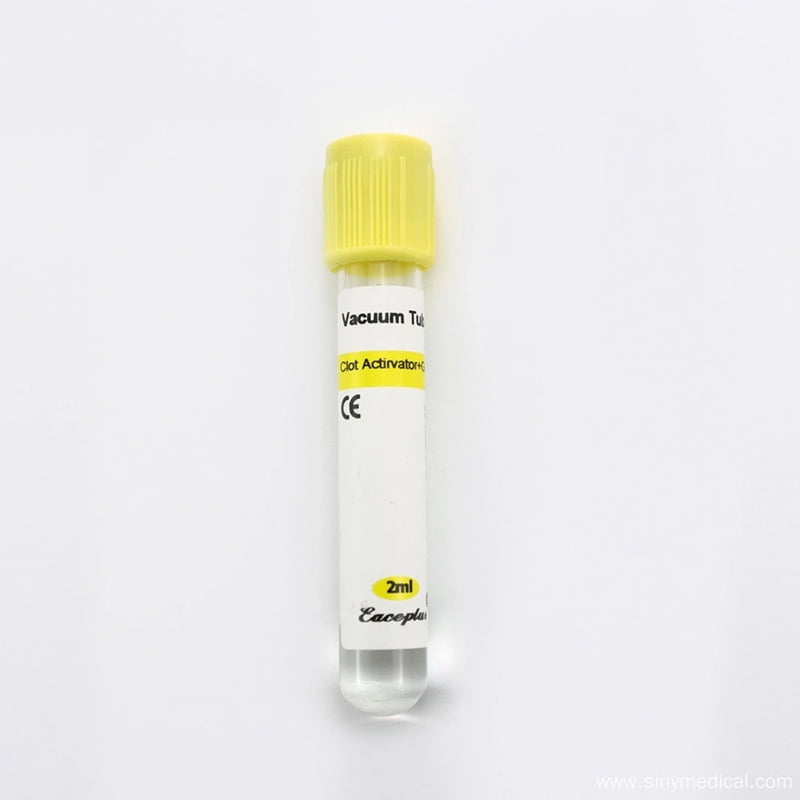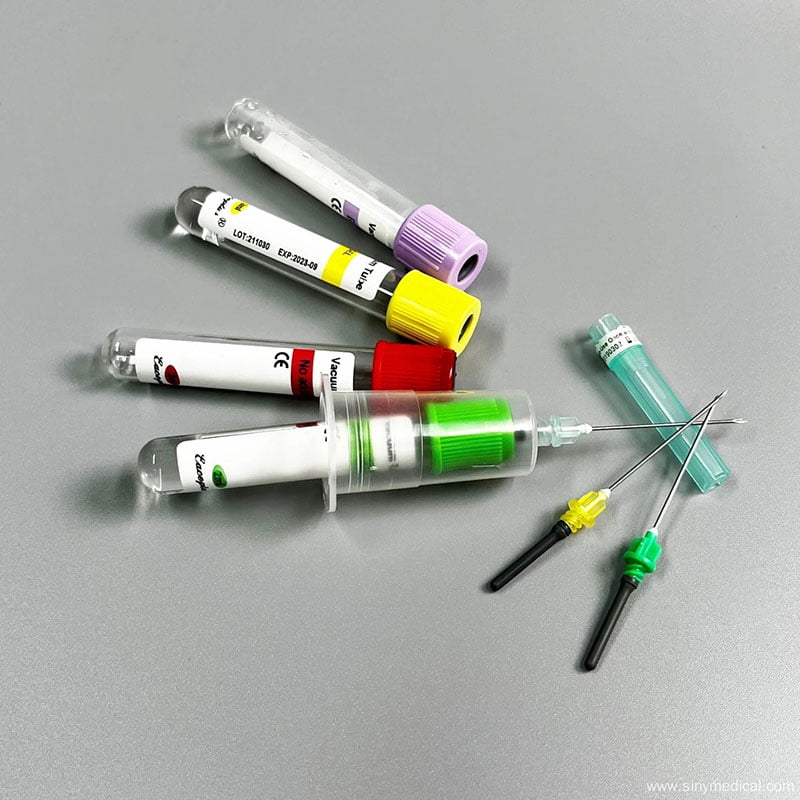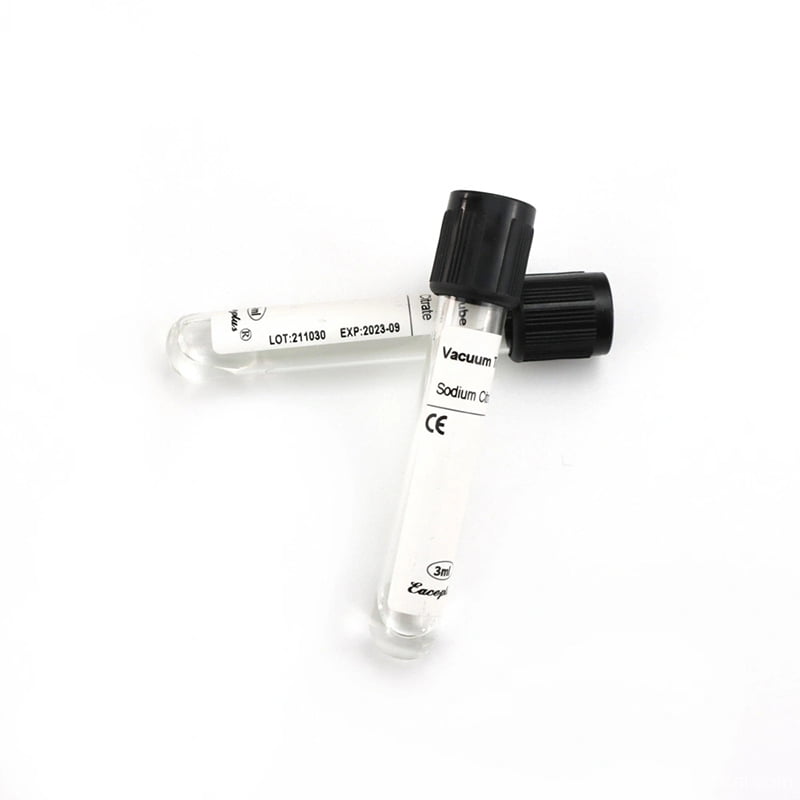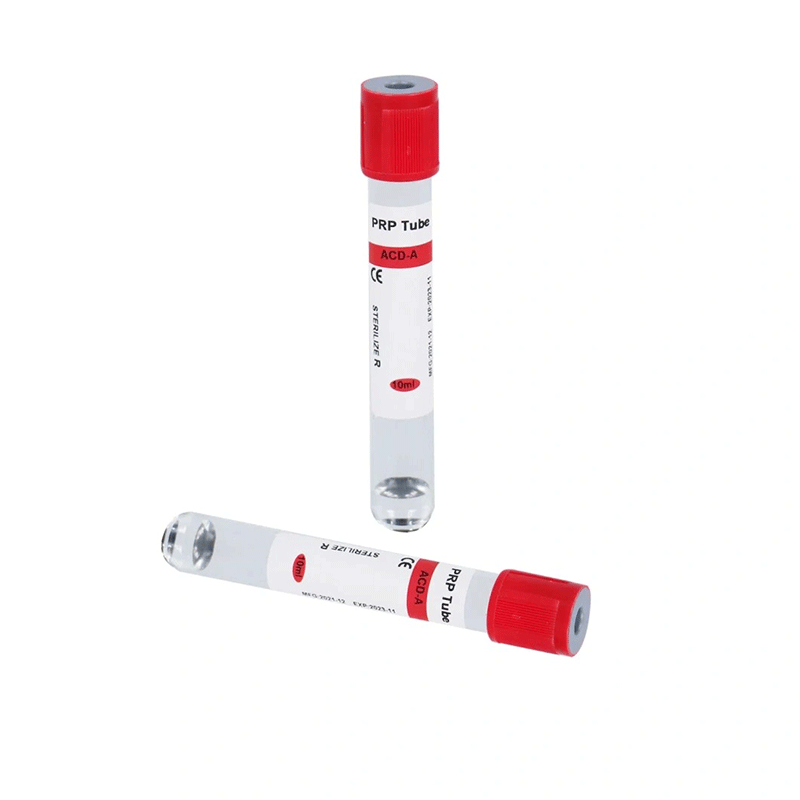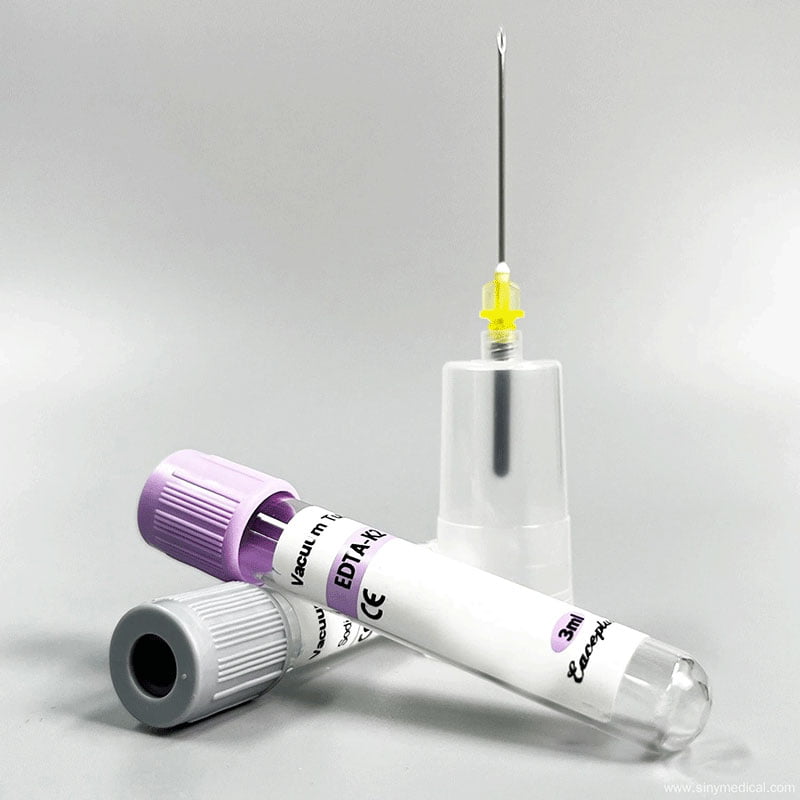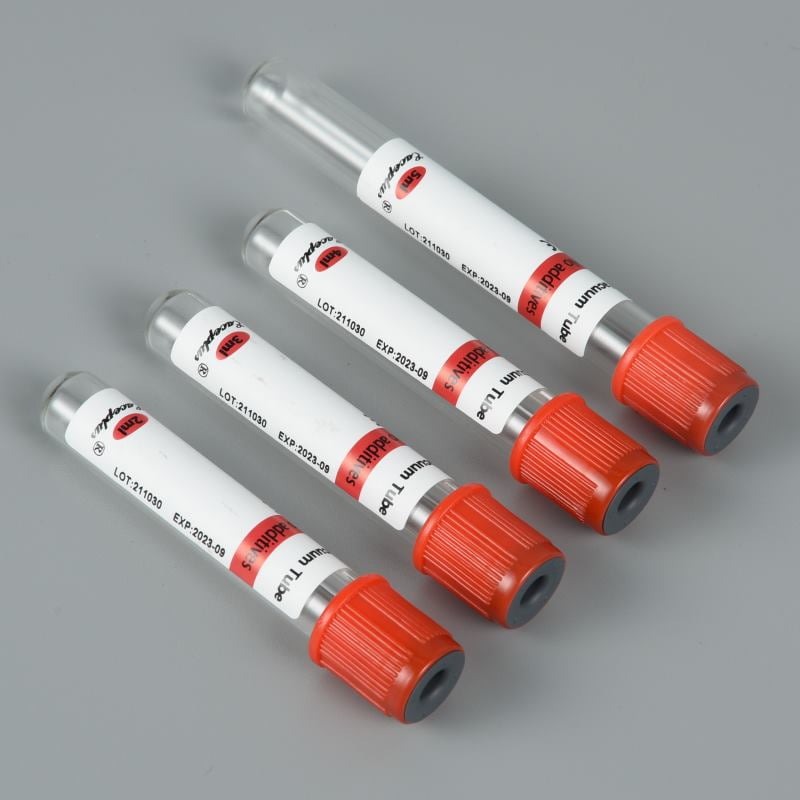Capillary tubes for blood collection are an essential component in modern medical diagnostics and laboratory testing. These small, precise tubes collect small amounts of blood for various purposes, including glucose testing and hematocrit evaluation. In this comprehensive guide, we’ll explore what capillary tubes are, how they work, their advantages, and their critical role in healthcare.
Table of Contents
- 1 What Are Capillary Tubes for Blood Collection?
- 2 How Do Capillary Tubes Work?
- 3 Applications of Capillary Tubes for Blood Collection
- 4 Types of Capillary Tubes
- 5 Advantages of Capillary Tubes for Blood Collection
- 6 Best Practices for Using Capillary Tubes
- 7 Why Choose Siny Medical for Capillary Tubes?
- 8 FAQs
What Are Capillary Tubes for Blood Collection?
Capillary tubes are small, thin tubes typically made of glass or plastic, used to collect and transfer micro-volumes of blood. Diagnostic labs, hospitals, and clinical settings commonly utilize them when small blood samples are required. These tubes operate on the principle of capillary action, allowing blood to naturally flow into the tube without the need for active suction.
The micro-capillary tubes offered by companies like Siny Medical are known for their precision, durability, and wide application in healthcare, ensuring that the blood sample collected is adequate and uncontaminated.
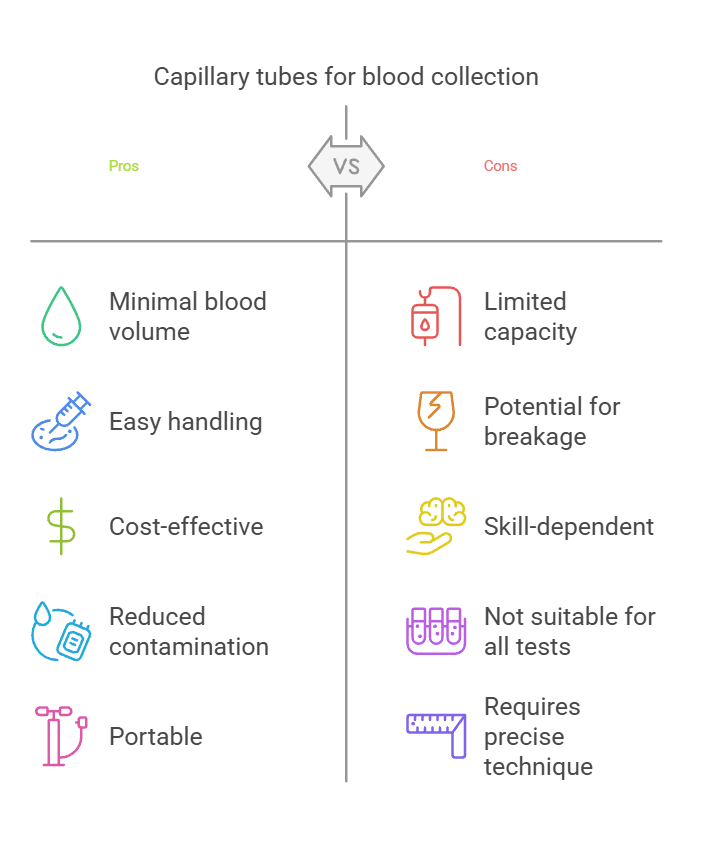
How Do Capillary Tubes Work?
Capillary tubes rely on capillary action, a physical phenomenon in which liquid flows into a narrow space without the assistance of external forces like suction or gravity. The tube’s small diameter facilitates this process, drawing blood effortlessly when placed at the puncture site.
Step-by-Step Process of Using Capillary Tubes:
- Patient Preparation: A medical professional cleanses the puncture site, typically the fingertip or heel.
- Blood Collection: A healthcare professional uses a lancet to create a small incision, then places the capillary tube at the site to draw blood.
- Capillary Action: The blood enters the tube naturally due to the capillary effect.
- Sealing the Tube: The technician seals the tube at both ends after collecting the sample to preserve its integrity for testing.
The efficiency and simplicity of this process make capillary tubes ideal for situations that require only a small blood sample, such as point-of-care testing or pediatric cases.
Applications of Capillary Tubes for Blood Collection
Capillary tubes are incredibly versatile and widely used in various diagnostic procedures. Below are some common applications:
1. Hematocrit Testing
Hematocrit tests measure the percentage of red blood cells in the blood. Fill the capillary tubes with blood, seal them, and then centrifuge. After centrifugation, you can accurately measure the packed cell volume.
2. Glucose Monitoring
Individuals with diabetes often use capillary tubes alongside glucose meters to conveniently and reliably monitor their blood sugar levels.
3. Neonatal and Pediatric Testing
In neonatal care, where patients are extremely small, only micro blood samples can be collected. Micro-capillary tubes are perfectly suited for these situations, providing precise measurements without causing unnecessary discomfort to newborns.
4. Research and Laboratory Use
Capillary tubes are indispensable in research environments for analyzing and experimenting with micro-volumes of blood.
5. Point-of-Care Diagnostics
Capillary blood collection is popular in remote and low-resource settings due to its simplicity and ease of use.
Types of Capillary Tubes
There are several types of capillary tubes designed to cater to specific diagnostic needs. Let’s dive into the details:
1. Heparinized Capillary Tubes
These tubes are pre-coated with heparin, an anticoagulant that prevents blood from clotting. They are ideal for testing whole blood samples in scenarios where clotting could affect the results.
2. Plain Capillary Tubes
Plain or non-heparinized tubes are used when blood clotting is necessary, such as for serum separation. Siny Medical’s serum tubes are often used in tandem for such applications.
3. Color-Coded Capillary Tubes
To make identification easier, many tubes use color coding, such as red for heparinized tubes and blue for plain tubes. This ensures efficiency in high-volume laboratories.
4. Micro-Hematocrit Capillary Tubes
Specially designed for hematocrit testing, these tubes provide reliable results when centrifuged.
5. Glass vs. Plastic Tubes
- Glass Capillary Tubes: Offer superior transparency and are less prone to static, making them great for precise measurements.
- Plastic Capillary Tubes: Lightweight, shatter-resistant, and safer for fieldwork and pediatric use.
For more information on the types of tubes available, visit the Blood Collection Tubes page on Siny Medical’s website.
Advantages of Capillary Tubes for Blood Collection
Using capillary tubes offers several benefits:
- Minimal Invasiveness: Ideal for patients with small veins or those requiring frequent testing.
- Cost-Effective: Requires minimal equipment, reducing costs in resource-limited settings.
- Portability: Lightweight and compact, making them easy to transport.
- Fast Results: Enables point-of-care diagnostics with immediate results.
- Versatility: Suitable for various testing applications, from glucose monitoring to hematocrit analysis.
These advantages have made capillary tubes a cornerstone of modern healthcare practices.
Best Practices for Using Capillary Tubes
To ensure accurate results and patient safety, follow these best practices:
- Use High-Quality Tubes: Always source reliable products, such as Siny Medical’s micro-capillary tubes.
- Seal Properly: Always seal the tubes to prevent contamination or sample loss.
- Follow Protocols: Adhere to medical guidelines for blood collection and handling.
- Dispose of Tubes Safely: Follow proper disposal methods for biohazard materials.
Why Choose Siny Medical for Capillary Tubes?
Siny Medical is a trusted provider of blood collection tubes, offering high-quality and reliable products for healthcare professionals. Their micro-capillary tubes are specifically designed to meet the demanding requirements of modern diagnostics. With a commitment to precision, quality, and innovation, Siny Medical is the go-to source for capillary blood collection solutions.
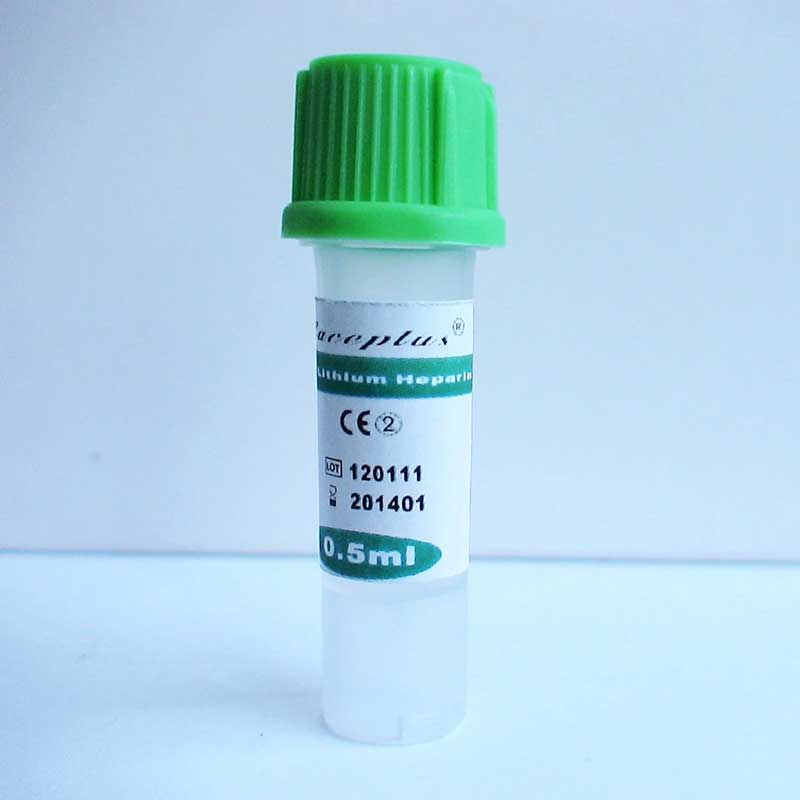
To learn more about their offerings, check out their About Us page or Contact Siny Medical directly for inquiries.
Capillary tubes for blood collection are indispensable tools in the world of medical diagnostics. From their simple mechanism of capillary action to their versatility across various tests, these tubes have revolutionized blood collection methods. Companies like Siny Medical provide top-quality capillary tubes that cater to the diverse needs of healthcare professionals.
Whether you’re in a hospital, laboratory, or remote clinic, investing in the right tools ensures accurate diagnostics and patient safety. Explore Siny Medical’s range of blood collection tubes to find the perfect fit for your needs.
FAQs
1. What is the purpose of capillary tubes in blood collection?
Healthcare professionals use capillary tubes to collect and transfer small amounts of blood for diagnostic purposes, including glucose monitoring, hematocrit testing, and neonatal care.
2. Are capillary tubes safe for pediatric use?
Yes, capillary tubes are minimally invasive and ideal for newborns, infants, and individuals requiring micro blood samples.
3. How do I choose between heparinized and plain capillary tubes?
Heparinized tubes are used when anticoagulation is needed, while plain tubes are preferred for serum-based testing.
4. Where can I purchase reliable capillary tubes?
You can find high-quality micro-capillary tubes and other blood collection products on Siny Medical.
5. Are glass or plastic capillary tubes better?
Glass tubes offer better precision and transparency, while plastic tubes are safer and more durable. The choice depends on your specific use case.

